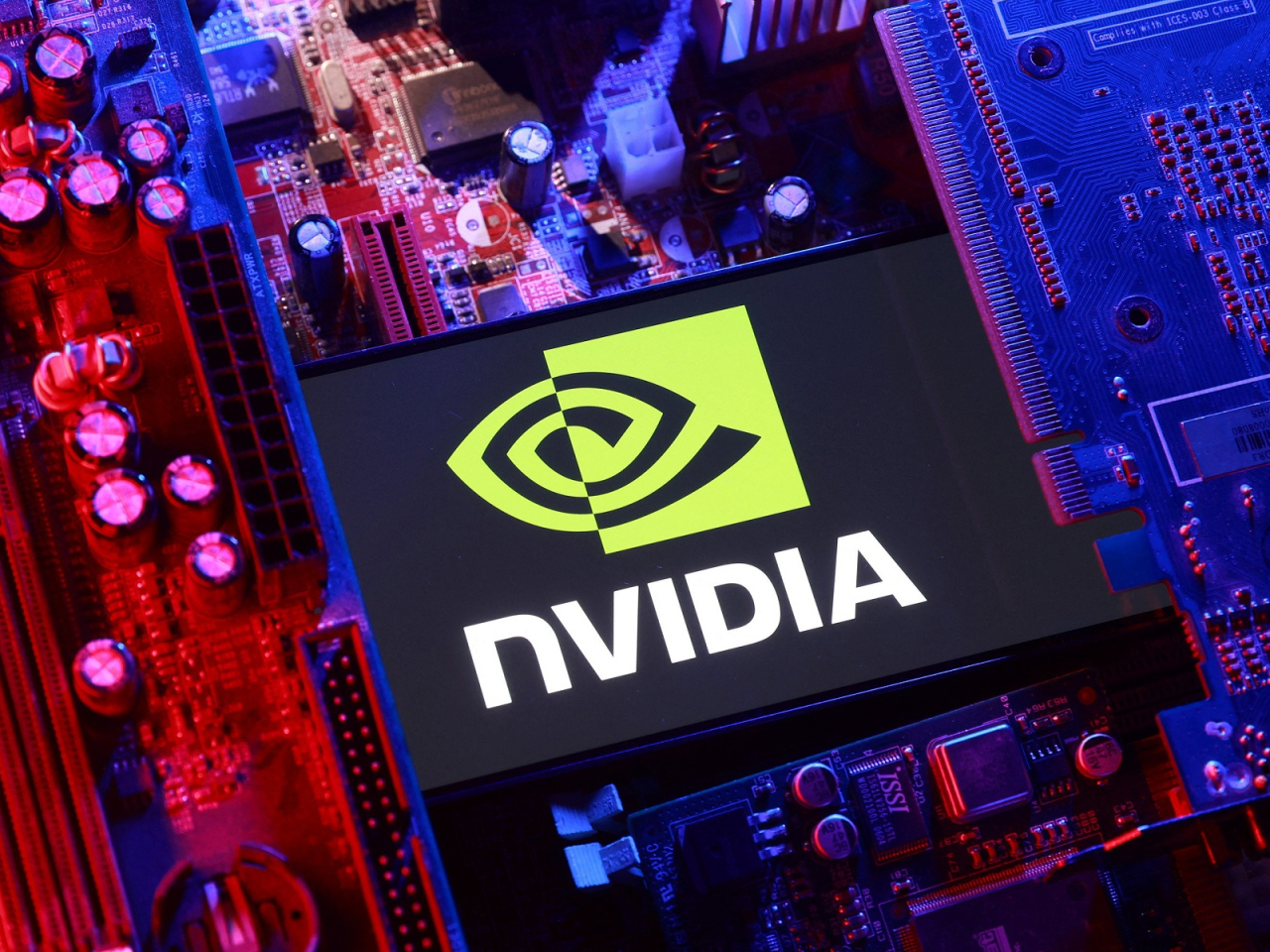AI powerhouse Nvidia on Wednesday reported quarterly earnings that beat expectations, but shares slipped amid concerns about an AI chip spending bubble and the company's stalled business in China.
The California-based firm posted a profit of US$26.4 billion on record revenue of US$46.7 billion in the recently ended quarter, driven by intense demand for chips from major tech companies powering AI datacenter computing.
However, while revenue increased significantly year-over-year, Nvidia's Data Centre revenue declined 1 percent from the previous quarter.
The drop was driven by a US$4 billion decrease in sales of H20 chips-specialized processors the company designed for the Chinese market, according to the earnings report.
For the current quarter, Nvidia projected US$54 billion in revenue but said its forecast assumes no H20 sales.
Nvidia's high-end GPUs remain in hot demand from tech giants building data centres for artificial intelligence applications.
However, investors are questioning whether the massive AI investments are sustainable.
"The data centre results, while massive, showed hints that hyperscaler spending could tighten at the margins if near-term returns from AI applications remain difficult to quantify," said Emarketer analyst Jacob Bourne.
"At the same time, US export restrictions are fueling domestic chipmaking in China."
Nvidia shares fell slightly more than 3 percent in after-market trading.
The earnings report comes amid market worries about an AI spending bubble that could burst and hurt the chip giant's fortunes.
Nvidia serves as a bellwether for the AI market and became the first company to reach US$4 trillion in market value last July.
Earlier this month, President Donald Trump confirmed that Nvidia would pay the United States 15 percent of its revenues from sales of certain AI chips to China.
Beijing has responded by expressing national security concerns about Nvidia chips and urging Chinese businesses to rely on local semiconductor suppliers instead.
Nvidia developed the H20 – a less powerful version of its AI processing units – specifically for export to China to address US concerns that its top-tier chips could be used for weapons development or AI applications. (AFP)





